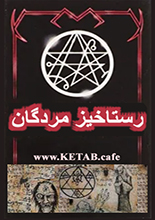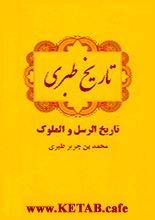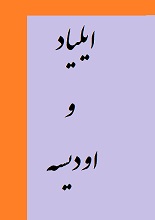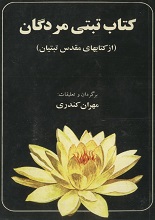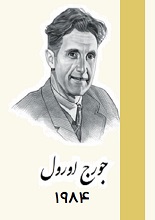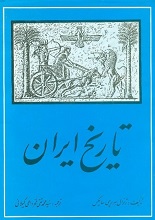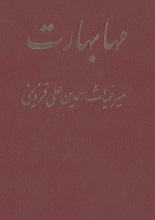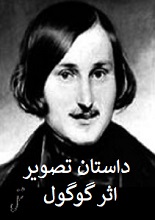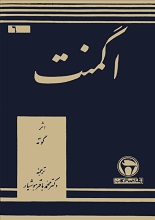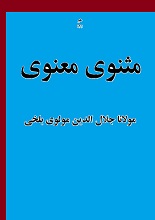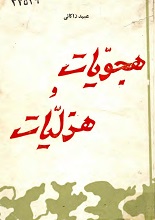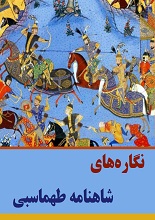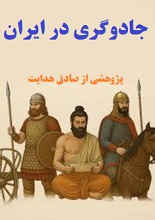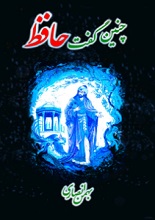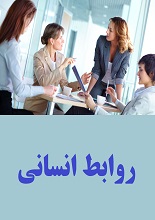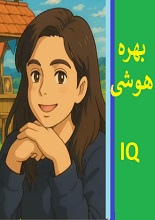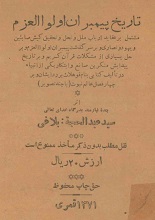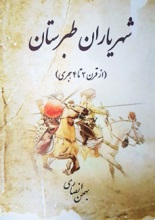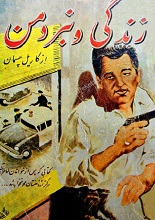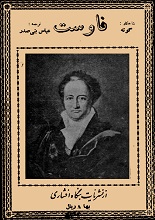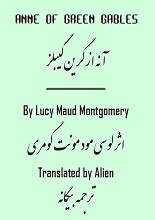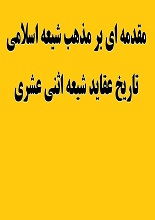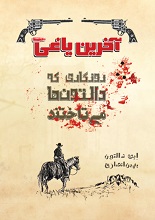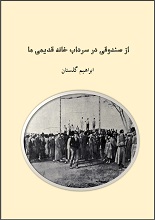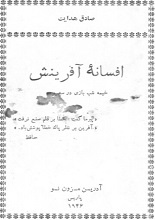Mirror of the Invisible World Tales from the KHAMSEH of NIZAMI is a book by Peter j. Chelkowski whith an essay by Prisscilla P. Soucek and forward by Richard Ettinghausen.
Introduction of this book
Next to Ferdowsi’s Shah-nameh, the Khamseh or “Quintet” of Nizami offered the best opportunity for a wide-ranging series of illustrations to the Iranian miniaturist. Although these paintings lacked the typical iconographic formulas of the epic heroic subjects such as enthronements, battles of whole armies, duels of the paladins, and encounters with demons and monsters-they depicted instead many scenes of great variety and romantic appeal.
These have been rendered in innumerable manuscripts from the late fourteenth century up to the nineteenth century and have resulted in some of the most beloved motifs of Iranian pictorial arts. The scenes of Khosrow discovering Shirin bathing in a pool of water, of Shirin visiting Farhad as he carves his way through the mountain of Bisutun, of the unhappy sculptor carrying his queen and her horse on his shoul- ders, of Layla and her boy lover in school, of the poet Majnun in the desert surrounded by wild and tame animals, of Bahram Gur in the brilliantly colored pavilions of his seven beautiful princesses, are well known to all admirers of Iranian art in both the East and the West.
While the basic iconography of these scenes developed in the late fourteenth and in the fifteenth century, some of the finest versions date from the sixteenth century and their influence has been long-lasting. Just as Nizami’s poems have served as models to many other poets in Iran, India, and Turkey, so have the illustrations of the original five poems been followed by the miniaturists illum- inating later versions. Indeed, so popular are these subjects that they are found not only as illustrations of manuscripts but also as pictorial themes on tiles, chests, pen cases, textiles, and even carpets.
Aside from the better-known scenes, there are others which illustrate different episodes, frequently of a minor character. To understand these fully, it is nec- essary to be familiar with the varied subjects and themes of the poems, especially the major ones. Happily, this is now possible as a result of the investigations of Professor Peter J. Chelkowski, of New York University, who has written an English adaptation of the tales from Nizami’s Khamseh. He has provided, in addition, an introduction and commentaries on each story which not only present the historical background but also give us an insight into the rich imagination of the twelfth-century poet.
The publication of this volume coincides with the opening of the newly installed Islamic Galleries in The Metropolitan Museum of Art. The new galleries enable us to exhibit a very rich collection in a full and systematic fashion for the first time in many decades and provide us with a special opportunity to display the Museum’s wealth of miniature painting. The Museum owns, among other Nizami manuscripts, one of the key manuscripts of the early fifteenth century, written and painted for one of the greatest of Iranian bibliophiles, the Timurid prince Baysonghor, residing in Herat, and one of the finest early sixteenth- century manuscripts painted in the same city. It is the miniatures from the latter, dated 1524/25 and one of the most sumptuous manuscripts ever produced in Persia, that illustrate this volume.
Persian poetry, like Persian art, tends to be decorative, ornamental, and graceful. Apart from depth of feeling, a poet’s originality often lies in the refinement of his moods, in his play on words, his subtle allusions, and his mastery of the rhythms and cadences of the language. Many Persian poems, especially epics, are more leisurely paced and considerably longer than those with which Western readers are familiar; indeed, they seem exotic to Western ears, and are appreciated and understood mainly by linguists and scholars in the field. This is unfortunate, for in Persian poetry, and especially in the Khamseh of Nizami, there is much to delight an American audience.
In this volume three stories from the Khamseh-“Khosrow and Shirin,” “Layla and Majnun,” and “The Seven Princesses”-have been retold in prose for the contemporary reader. And since a direct translation of the Khamseh would result in nearly sixty thousand lines, or some fifteen hundred pages, the stories have been abridged in the retelling. We hope to be forgiven by the specialists for taking these liberties; indeed, we have taken them in an attempt to present Nizami’s wonderful tales as living literature and to convey in them the spirit of the poet. With this in mind, we have avoided the use of diacritical marks wherever possible and have simplified the transliteration of foreign words.
Contents
- Forward
- Preface and acknowledgements
- Introduction
- THE KHAMSEH OF 1524/25
Khosrow and Shirin
Layla and Majnun
The Seven Princesses - Other important known manuscripts of THE KHAMSEH
See Also other PDF:
Git Essentials
the Suicide SHOP
Shakira
Plants are everywhere
Speaking Fluency
Download Mirror of the Invisible World Tales from the KHAMSEH of NIZAMI (PDF)
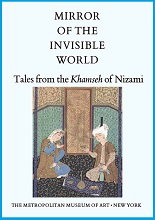
برای دانلود این کتاب، ابتدا باید عضو سایت بشوید.
پس از عضویت، لینک دانلود این کتاب و همهی کتابهای سایت برای شما فعال میشوند.
(قبلا عضو شدهاید؟ وارد شوید)
